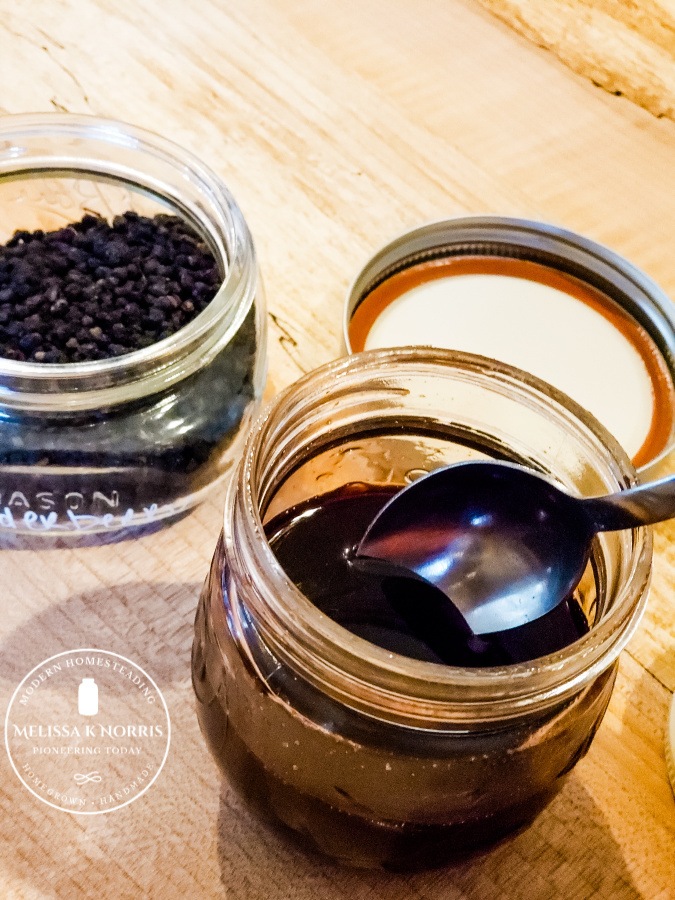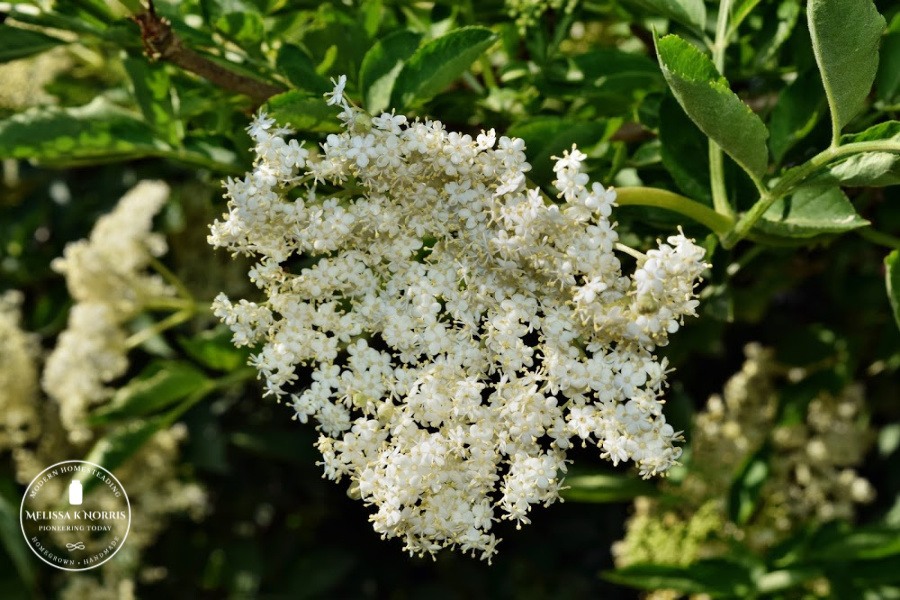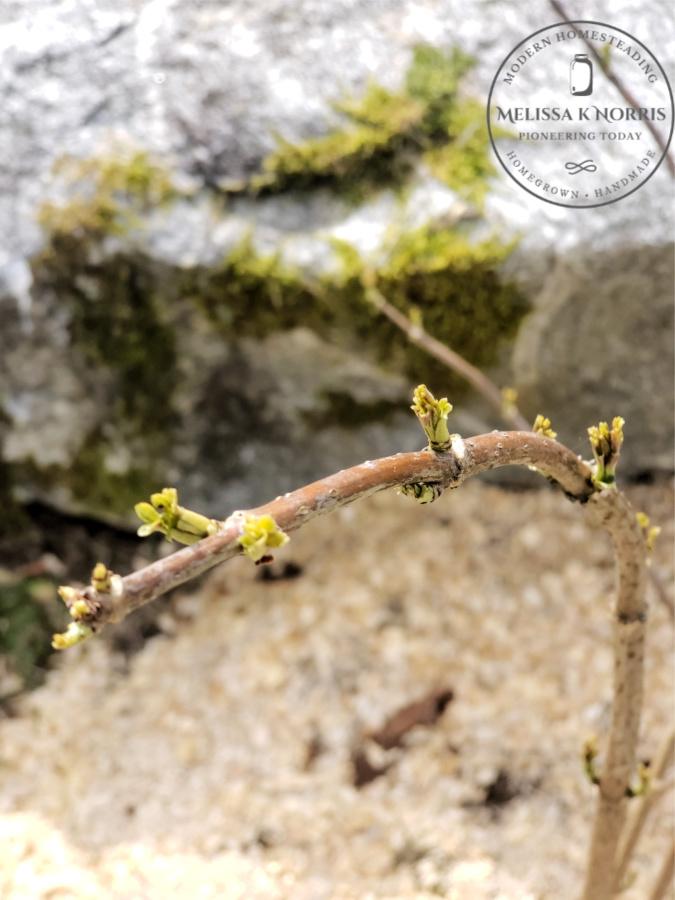Learn to grow elderberries with these easy planting tips. Elderberries are known for their wonderful berries, prized as homegrown medicine and their showy white blossoms. With the shortage and cost increase of elderberries, theres never been a better time to grow your own. Theyve been long praised for their medicinal purposes and make a delicious treat once cooked.
Elderberries arent eaten straight off the bush like a blueberry. They really shine when turned into cordials, syrups, jellies, tinctures or even wines. My favorite is elderberry syrup, a medicine that tastes like cordial, yes, please!.
Elderberry plants are rapidly gaining popularity among home gardeners and farmers due to the delicious berries they produce. But before you start planting, an important question to ask is how many elderberry plants do I need? The number of plants required depends on several factors
Why Grow Elderberries?
Elderberries have long been prized for their culinary and medicinal value. The berries are commonly used to make juices jams jellies, pies, and wine. They are also proven to have antioxidant, antiviral, and immune-boosting properties. The flowers are also edible and can be used to make elderflower cordials, fritters, and teas. With elderberries becoming increasingly scarce and expensive to buy, growing your own is a great option.
What are the Factors to Consider?
When deciding how many elderberry plants to grow the main factors to consider are
-
Intended use for the berries – If you plan to use elderberries for just occasional snacking and desserts, 2-5 plants may be sufficient. But if you want to make large batches of juice, wine or preserve the berries, you’ll need at least 5-10 plants. Commercial growers usually need at least 50 plants or more.
-
Plant spacing – Elderberry bushes can grow up to 10 feet wide and tall. To allow enough space between plants, experts recommend spacing them at least 5-6 feet apart.
-
Pollination needs – Most elderberries require cross-pollination between different cultivars for fruit set. Plant at least two compatible cultivars within 60 feet of each other.
-
Desired harvest yield – Elderberry yields vary by cultivar, but on average, a mature plant produces up to 10 pounds of berries annually. Determine how many pounds you want to harvest to gauge plant numbers.
-
Garden space available – Consider the room you have in your garden. Elderberries need full sun locations and can take up significant space. Make sure you have enough room for the mature plant size.
How Many Plants for Personal Use?
For home gardeners who want elderberries just for personal fresh eating, preserves, juices and medicinal uses, 2-5 plants is usually sufficient. With each plant yielding around 5-10 pounds of berries, this will provide an abundant personal harvest. For example:
-
2 plants – Produces 10-20 lbs, enough for snacks and a few batches of preserves or juice.
-
3 plants – Produces 15-30 lbs, enough for above uses plus larger batches of juice and wine.
-
4 plants – Produces 20-40 lbs, allows for more preserving and winemaking.
-
5 plants – Produces 25-50 lbs, provides berries for full range of recipes and medicinal remedies.
How Many Plants for Commercial Growing?
Those growing elderberries commercially will need a significantly larger number of plants. To be profitable, commercial growers need to harvest hundreds of pounds. Some guidelines:
-
Small-scale market growers – For farmers’ markets, farm stands and U-pick – plant 15-25 plants. This will yield 75-250 pounds.
-
Large market growers – For wholesale markets, juice companies – plant 30-50 plants. This will yield 150-500 pounds.
-
Commercial growers – For commercial production – plant at least 50-200 plants. This will yield 250+ pounds and up to 2000 pounds.
The largest elderberry farms often have thousands of plants producing over tens of thousands of pounds for juice, wine and medicinal products.
Choosing the Right Cultivars
When deciding which elderberry cultivars to plant, choose ones suited for your growing region. Popular varieties like Adams, Johns, York, Nova, and Bob Gordon are great choices for North America. For European growers, Black Beauty, Samdal and Sambu are common types.
You’ll also want cultivars that ripen at different times for a longer harvest window. Early bloomers like Johns and Nova produce berries first. Mid-season producers like Adams and York follow. Late ripening varieties like Bob Gordon extend the harvest into fall.
For pollination, plant early and late bloomers together, or mid with late season types. Avoid planting the same cultivar for pollination.
Preparing the Site
Elderberries thrive best in full sun locations with fertile, well-draining soil. Before planting:
-
Select a site with at least 6 hours of direct sun daily. Morning sun is essential.
-
Improve poor soils by mixing in aged manure or compost.
-
Consider raised beds if the site has heavy clay or poorly draining soils.
-
Space plants at least 5-6 feet apart in all directions.
-
Arrange plants so the tallest cultivars are in the center or north end so they don’t shade other plants.
Planting Elderberries
Elderberries are commonly bought as either potted or bare root nursery plants. Follow these tips for planting them:
-
Bare root plants – Plant dormant in early spring. Soak roots 1-2 hours before planting. Dig holes 2x width of roots and plant a bit deeper than they were growing in the nursery. Backfill soil and water well.
-
Potted plants – Plant in spring after last frost. Water well a day before. Gently remove from pots, loosen circling roots, and plant at previous soil level. Water thoroughly after planting.
-
Cuttings – Take 6 inch cuttings in early summer. Dip in rooting hormone. Plant in pots with soilless mix. Keep humid until roots form. Transplant following spring.
Ongoing Care
With proper care, elderberry plants can produce abundant fruit for up to 15 years:
-
Watering – Water plants regularly their first two years. After established, water only during droughts.
-
Fertilizing – Apply balanced organic fertilizer or compost each spring. Avoid high nitrogen fertilizers.
-
Pruning – Prune annually in late winter. Remove dead or damaged branches and shape as needed.
-
Weeding & mulching – Apply 2-3 inches of mulch around plants to control weeds. Avoid mulch touching stems.
-
Pest management – Inspect regularly for aphids, borers and other pests. Control with organic methods.
When planning an elderberry patch, consider your intended use, available space, and pollination requirements. For personal use, 2-5 plants often provides a sufficient harvest. Market growers require dozens to hundreds of plants for commercial viability. Choose cultivars suited for your region and plant in sites with full sun and fertile soil. With proper care, your elderberry plants can provide abundant fruit for years to come.

How to Harvest Elderberries
Pick elderberries when fully ripe. Elderberries are ready when they turn a deep purple or black color and are still full.
Birds are the bane of berry growers. I recommend using netting to keep the birds from stripping it of all your ripe berries.

Use pruning shears to cut the stem right beneath the entire cluster of berries.
Elderberries make a wonderful syrup, jam, jelly, wine, and tinctures.
Safety note: only use the fully ripe dark purple/blue berries, never use red elderberries. Make sure none of the leaves or branches are with the berries (they’re toxic).
Raw elderberries contain a compound called hydrocyanic acid that can cause extreme stomach upset especially in large amounts. Always cook your elderberries before consumption as the heat breaks down this acid. No matter what kind of pot you use, never put the lid on while cooking syrup in it. This will keep the hydrocyanic acid from evaporating.
Elderberries are well-known for their support of the immune system, anti-viral, anti-inflammatory, and anti-oxidant properties. Theyre high in vitamin C and antioxidants, both which benefit the immune system. It has been used in clinical studies and shown to reduce cold duration and symptoms. [2]
Types of Elderberry Plants
There are two types of elderberry, American (Sambucus canadensis) and European (Sambucus nigra). The American elderberry is more compact and reaches 6 to 10 feet tall. European elderberry reaches 10 feet or more.
American elderberries produce larger and sweeter berries than their European counterpart. American elder also spreads more quickly through underground stems, which may or may not be a good thing depending on the area. But I lean towards more is good.
Which elderberry plant is best for syrup?
Traditionally European elderberry (Sambucus nigra) are used for medicinal purposes but recent studies show both Canadensis and Nigra have medicinal properties. [1
Elderberries grow on a large bush. Sometimes elderberry bushes can become tree-like, but proper pruning will keep them more compact. With their dark purple and black berries and white flowers that can be eaten on their own, they’re a beautiful plant to have in your yard. The leaves on my European variety are variegated, making even the vegetation pretty.
Note: Because red elderberries have more HCN, they need to be cooked with heat in the right way to keep you safe.
Your elderberry bush will thrive for years if you establish it correctly and planted in the correct soil. Elderberries prefer a pH level of 5. 5 to 6. 5, you can learn more about soil testing and pH levels here. Elderberries grow in most soil types but arent drought tolerant. Make sure the soil retains moistures, drains well, and is fertile. Sandy soil usually dries out too quickly and doesnt have enough nutrients without heavy amending.
Some elderberry plants can grow up to 20 feet tall and 6 feet across. Most are 10 to 12 feet tall and 6 feet across. Plant in an area they will have room to grow. Dont worry if you dont have a ton of space, with pruning you can keep them smaller. I have one bush next to our back patio and fireplace. I prune it once a year to keep it at a manageable size.

Elderberries grow in zones 3 through 10.
Elderberries prefer full sun to partial shade (youll get a higher yield per plant in full sun). In hot climates, consider planting your elderberry bush in partial shade, with early morning and afternoon sun. In more northern or cool climates, full sun is preferred.
Elderberry bushes are susceptible to root rot. Make sure your soil drains well and isnt in a low spot in your yard that retains water.
- You should make the hole a little wider than the roots and two inches deeper than the plant’s depth. The soil line should be two inches deeper than the line from the store or nursery.
- add compost and work it into the planting hole.
- Spread out the roots inside the hole, then fill it back up with dirt and press it down with your foot to help fill in any air gaps.
- water well.
- Put more compost around the plant and then a layer of mulch. Wood chips or shredded leaves work well as mulch. Elderberries have very shallow roots, and mulch helps them stay moist and keeps weeds from taking over.
- Leave 6 to 8 feet of space between each elderberry plant, or 10 feet between rows of plants.
- For fruit production, you should have two types of plants that can pollinate each other within 60 feet of each other.
You need two different varieties of elderberries from the same genus to get fruit. This means two different types of Sambucus Nigra or Sambucus Canadensis for cross-pollination and a fruit-bearing crop. I have a Samdal and Variegated variety of European elderberries on my homestead.
Order any elderberry varieties from RaintreeNursery. com and use coupon code: modernhomestead for 10% OFF your order! Or you can grow elderberry from cuttings.
Varieties of American Elderberry (Sambucus Canadensis):
Varieties of European Elderberry (Sambucus Nigra):
I made you this growing elderberries video
Following the year after planting, make sure plants are watered weekly. Elderberries need 1 to 2 inches of water weekly from bloom time to harvest, aka spring through fall. Make sure youre watering by hand if youre not getting adequate rainfall.
You wont need to prune the first two years, except for dead or broken branches.
Growing elderberries doesnt require a lot of maintenance. Once plants are a year old, they should be fertilized once a year in early spring, right before they wake up. Put in chicken manure that has been broken down (never use fresh manure; it will burn the roots, especially in plants with shallow roots like elderberries) and cover it with new mulch. You can use fresh rabbit manure, but remember all poultry and cattle manure should be composted down.
Clean the plant’s drip line, which is the line from the base of the plant to the end of its branches. Each spring youll extend this area to keep up with the growth of the plant.

If the plant doesnt seem to be growing well, you may need to add additional nitrogen. I prefer to use this organic fish emulsion fertilizer when watering if I feel the plants need a bit more nutrition.
Weeds are detrimental to growing elderberries, especially grass. With the elderberries shallow roots, grass robs nitrogen from the plant and should be removed by hand.
If landscape fabric works at all during the first season, it won’t work again, so don’t waste your time or money on it. Instead, pull weeds out by hand before planting, then add 2 inches of compost and another 2 to 3 inches of mulch. Wood chips or shredded leaves work well.
This should be used in the fall and spring, and as the plant grows, the circle should get bigger so that it always reaches the elderberry drip line.
Elderberries need to be pruned after two years of age. During the first two years of growth, dont prune, with the exception of broken or dead branches.
Once elderberries are three years of age you need to start pruning them. Prune elderberries in late winter or early spring, while the plant is still in dormancy (before bud break). It is important to clean your pruning shears and loppers with alcohol spray so that you don’t spread any disease.
- Take out any canes that are broken or dead first. To tell if a cane is dead, scrape the bark with your fingernail and see if it’s not green.
- Use loppers or pruning shears and remove three-year-old canes. Theyre weaker and produce less fruit.
- Cut a diagonal line back to a healthy bud on 1- to 2-year-old canes that are too long to support berries. This is called a heading cut.
- Each elderberry bush should have six canes, with an equal number of 1- and 2-year-old canes.
Growing Elderberry! What you need to know!
FAQ
Do elderberries need to be planted in pairs?
Do you need more than one elderberry?
How far apart should I plant elderberry trees?
How long does it take for elderberry bushes to produce fruit?
- A Complete Guide to Caring for Yuki Cherry Blossom Shrub - January 23, 2025
- Identifying Red Hot Poker Seeds: What to Look For When Harvesting Torch Lily Pods - January 23, 2025
- A Complete Guide to Harvesting Evening Primrose Seeds - January 23, 2025
